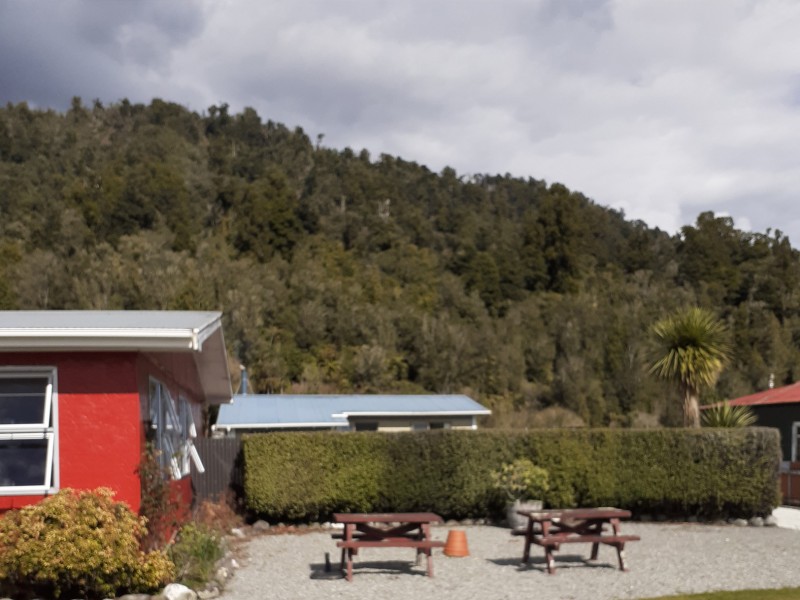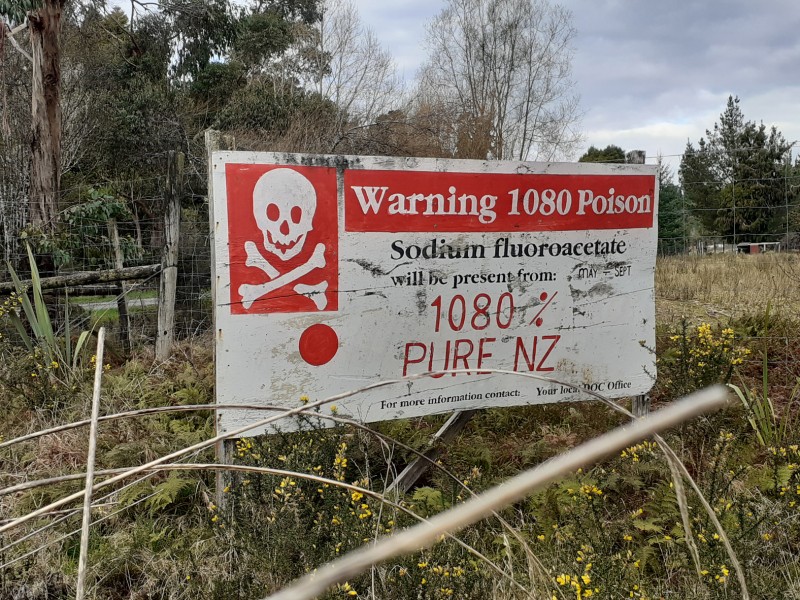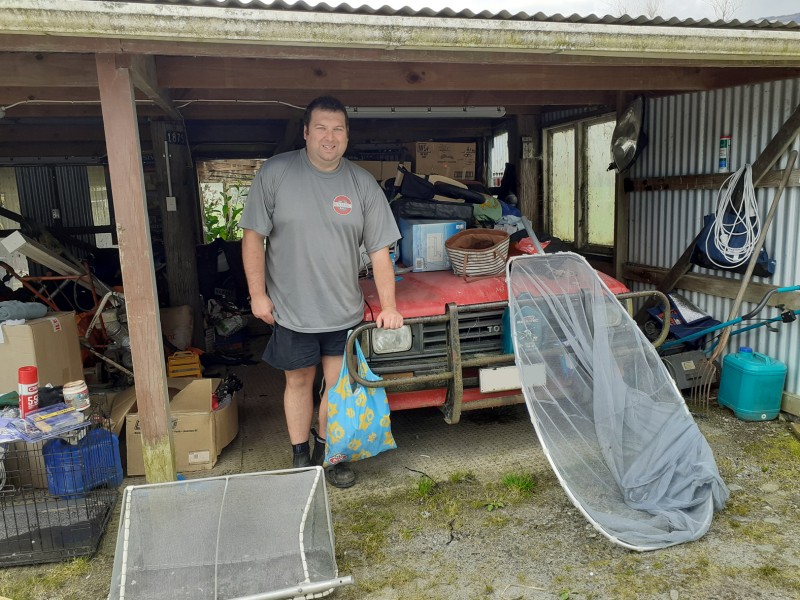To many, the wild and untamed West Coast exists only in myth, a primordial province seldom visited due to the mountainous drive between Christchurch and Hokitika. But to some, the rugged left side of our southern island means everything and more.
Nestled below the mossy hills of Harihari, one such individual and his family are embracing this lifestyle fully. Mark Weir is your typical outdoorsy West Coaster: pragmatic, humorous, and occasionally philosophical.
‘I like the peace and quiet, and the fact that we’re about twenty or thirty years behind the fast pace of the rest of the country. The Wild Foods Fest and other activities also make this a nice place to live, not to mention the small-town comradery.’
He invites me into his home for a coffee, the instant Nescafe kind from a sachet: an everyday product to most folks, but a luxury to some coasters. The nearest supermarket is 45 minutes away, so I brought him a few supplies on my way down. You won’t find Uber Eats out here.
We sip our coffees and chat about the wild red deer, a controversial pest species once kept at bay by the government deer-cullers of days gone by, characters immortalised by writers like Barry Crump and “Big Al” Lester. Mark fondly remembers hunting alongside these professional bushmen during his youth, and spoke of their ingenuity, resilience to harsh conditions and understanding of the natural environment needed to survive. ‘I’ve worked with the old deer cullers who were dropped off in the bush in South Westland down around Haast, with ammo and enough supplies to last them three months. You’d get a bag of flour, bag of salt, tin of tobacco... they’d herd mobs of 120 deer into valleys and take care of them with good old .303 rifles. Then they’d take the tails to collect the bounty, sometimes paid in rounds of ammunition if I recall.’




